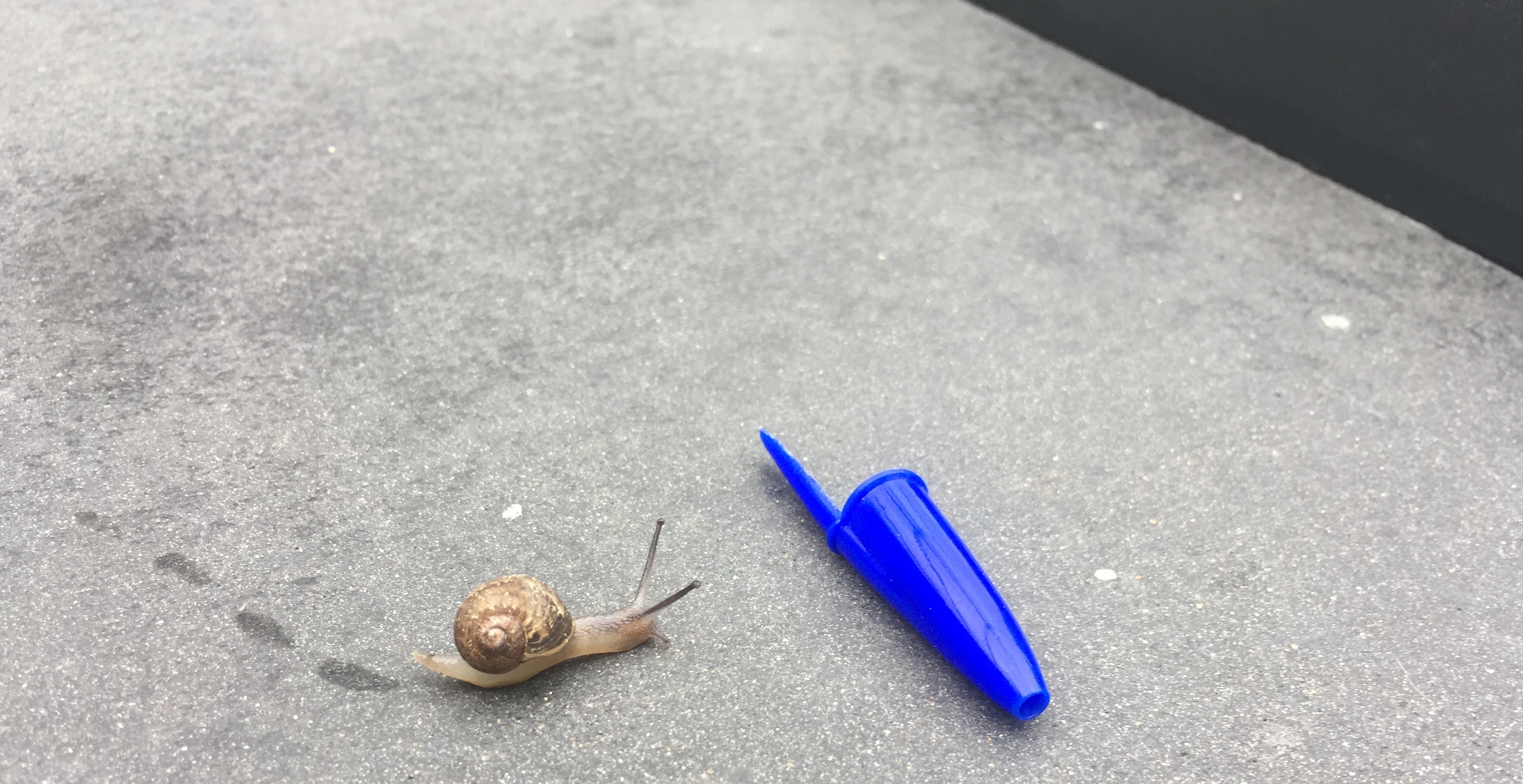Emotion and Empirical Aesthetics
DOI:
https://doi.org/10.58519/aesthinv.v4i1.11929Keywords:
appreciative attitudes, aesthetic experience, exhibitions, museums, emotionAbstract
The rise in neuroaesthetics laboratories across the globe has led to scores of experiments designed to grasp people’s emotional, cognitive and perceptual responses to artworks, yet few researchers have studied spectators experiencing visual art in actual exhibitions. In 2015, Volker Kirchberg and Martin Tröndle published the results of their five-year experiment, whereby they mapped the physiological, social, psychological and aesthetic experiences of ‘600 diverse persons with a designed exhibition of classic modern and contemporary art as part of the Swiss national research project eMotion’. Their study’s most counter-intuitive discovery is the negligible role played by emotional response for those most engaged with artworks, that is, those spectators who regularly assess, evaluate and judge artworks. Given that not all appreciative attitudes reflect emotional responses, this paper argues that it would behoove researchers to study artworks that literally ‘move us’, causing us to take action, shift perspectives and adopt new values.
Downloads
Downloads
Published
Issue
Section
License

This work is licensed under a Creative Commons Attribution 4.0 International License.
Authors who publish with this journal agree to the following terms:
Authors retain copyright and grant the journal right of first publication with the work simultaneously licensed under a Creative Commons Attribution License that allows others to share the work with an acknowledgement of the work's authorship and initial publication in this journal. Note: up to volume 4 issue 1, an incorrect copyright line appears in the PDFs of the articles.
Authors are able to enter into separate, additional contractual arrangements for the non-exclusive distribution of the journal's published version of the work (e.g., post it to an institutional repository or publish it in a book), with an acknowledgement of its initial publication in this journal.
Authors are permitted and encouraged to post their work online (e.g., in institutional repositories or on their website) prior to and during the submission process, as it can lead to productive exchanges, as well as earlier and greater citation of published work (See The Effect of Open Access).






